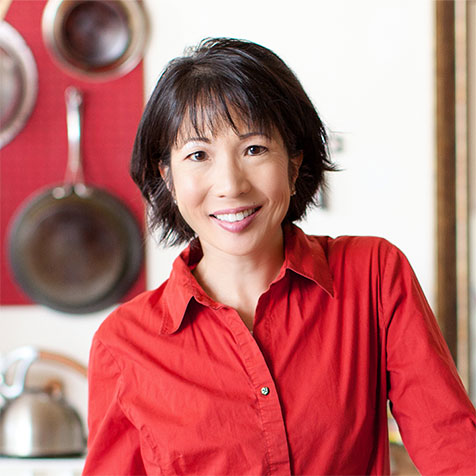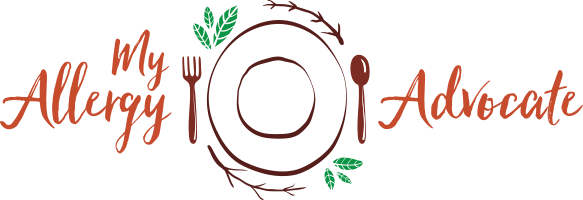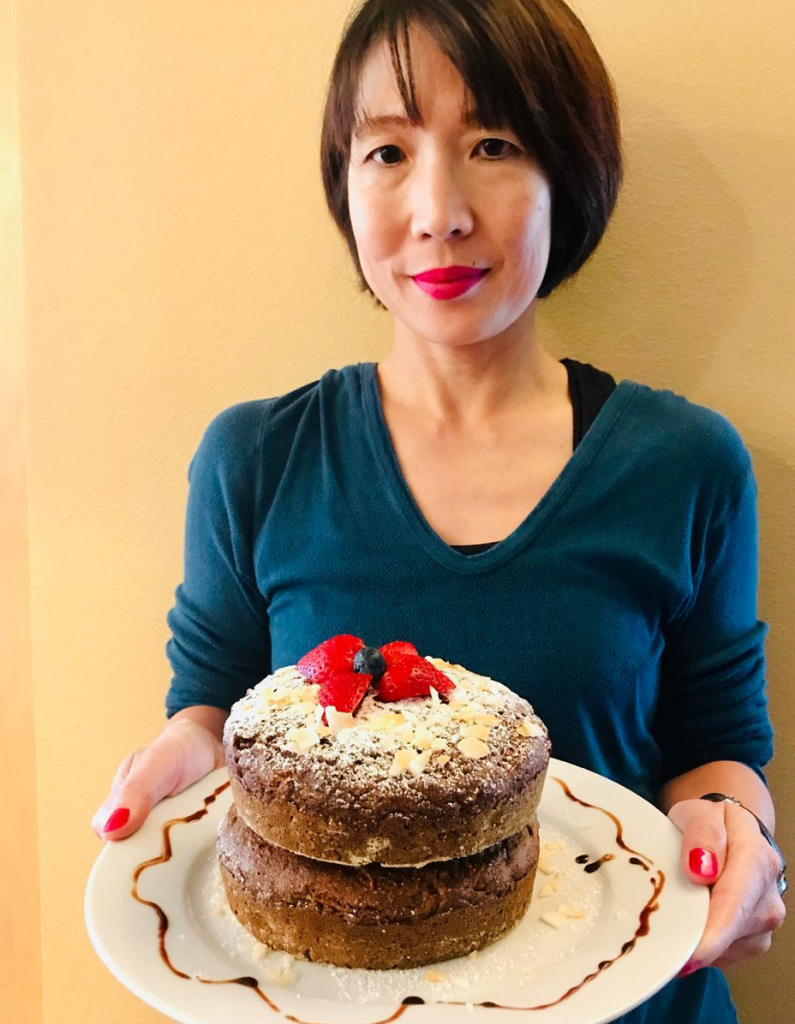
With the advent of extensive recipe collections in apps on the Internet, I once wondered if cookbooks would someday become obsolete.
Presently, the trend for spending time cooking at home has been ticking downwards, with the average American spending barely 30 minutes a day with food preparation. David Tamarkin, editor of the voluminous Epicurious website, declared and carefully explained what he meant when he said home cooking is dying. The facts and stats he provided in a follow up article after his NPR interview suggest that home cooking in America isn’t even, in fact, cooking at all. More likely, it’s home reassembling from prepared food sold as ready-to-eat meals, and the way grocery stores have shifted what they sell reflects this change.
So why am I talking to you about cookbooks? If people don’t cook as much as they used to, and if you can find a recipe on the Internet, why would you want or even need to purchase a cookbook? Haven’t they become irrelevant artifacts of modern society? Are they doomed to be Marie Kondo’d off your shelves?
Here are some reasons why I personally believe that cookbooks may experience a revival, and to answer the question, “Why cookbooks?” Bolstered with the power of apps and subscription-based video tutorials, home cooking and cookbooks may experience a renaissance, especially if you understand how they have changed and what you’ve been missing.
Reason #1: I Eat At Home Most of the Time
First of all, if you’re like me, you have learned that eating outside of your home with either processed foods from the grocery store or fresh-cooked food in a restaurant will always have some risk involved. If you didn’t prepare it yourself, you do not have any control over what surfaces your food touched, what lines in a manufacturing plant your food shared before it reached its destination, nor how the food was labeled whether accurate or not.
If you learn to cook real food food yourself, you have more control over the safety of the food. And you also become responsible for any flavor, texture, or form fatigue. Once you’ve bought into the practicalities of batch cooking for yourself and/or your household, it won’t be long before you may grow tired of the same ten or twelves types of meals and three macros that sit on the plate: carbs, protein, and fat.
I find this point — “food boredom” — concerning when I consider that some parts of the world have less access to diverse foods. I live within walking distance of three major grocery stores and a short drive to over seven stores that sell fresh produce, not counting a handful of mom and pop ethnic grocery stores.
Yet I’m on a restricted food profile to deal with food allergies and intolerances, as well as Celiac Disease. If I want to learn how to cook with foods that are less familiar to me, try an ethnic dish but leave out the alliums and corn, or I want to create something new using gluten-free flours, I’m not likely to find a large cache of recipes on the Internet that will fit my needs.
Instead, I’ve discovered some fresh cookbooks that address the majority of my needs, beautifully photographed, described, and catalogued. At the end of this post, I’ll share just three of them, so that you can see what standards I hold them to and why they are worth adding to a functional home library of cookbooks.
Reason #2: Cookbooks Announce To Your Guests What You’re About
When you walk into our home, probably the first thing you see are the pieces of art and mementoes my husband has collected from around the world. There are masks, paintings inspired by the colors of the American Southwest, and old area rugs.
But if you stay for dinner, you are likely to eat something made from either one of my cookbooks, or adapted from a recipe from the Hestan Cue app. Conversation quickly moves to questions about that amazing lemongrass coconut sauce, how that sear on the fish turned out so perfect, and why I like the Sous Vide method of cooking.
When friends look at the cookbooks on my shelf, they quickly get a sense of what I’m “about”, and not just the food. These books announce where I’ve travelled (France, England, Asia, Morocco) and why I’m obsessed with pizza. If I wanted a standard American cuisine cookbook, I’d buy a copy of Better Homes and Gardens Cookbook. But if I want people to know the story behind the food, I’m going to buy a piece of food journalism that reflects the kind of reading and writing of a woman with two advanced degrees and a Nursing undergraduate degree.
These recipe books tell people I’m about health and wellness, travel, and passion for life. You just won’t find anything among my books for a Jello-O marshmallow salad (though I’m positive I could direct you to a good Internet-based recipe. if that floats your boat).
What’s missing from my cookbook library is equally telling. I don’t collect books on bread making unless it’s about gluten-free bread. I don’t have a single book based solely on cakes, cookies, pies, or desserts. And until I learn more about cooking my way around dishes that call for a lot of alliums, I haven’t delved into Indian cuisine, as many of the spices I need will be manufactured on the same lines as the powdered forms of alliums, including curries
Reason #3: Cookbooks Aren’t Just For Recipes Anymore
Because recipe books do compete with the Internet, they’ve had to become more than they once were. A great example is Susan Musgrave’s 2015 A Taste of Haida Gwaii, which won the Taste Canada Awards. The book is part poetry, part travel guide, and part food. She is a storyteller, and the subject is her life in Haida Gwaii, with a recipe made from local ingredients. As she ambles through a particular story, there are moments when the reader wonders what the story has to do with food. Yet by the time the recipe is shared, clarity whomps the reader over the head — it was there all along. The food is embedded, sometimes literally, in weeds by the roadside, and on the rocks by the beach.
In the world of food blogging and recipe making, it’s understood that while the ingredients themselves cannot be patented into an owned entity (i.e. “1 cup of coconut milk” isn’t something you can own as intellectual property), the exact story and description around the making of that recipe along with the precise measurements in order of combining and manipulation are the elements that create a unique entity.
So while there are perhaps hundreds of recipes for, say, Macaroni and Cheese, it is possible to make a recipe for Gluten-Free Macaroni and Chez (non-dairy cheese) without stealing anyone’s recipe, simply by combining your unique description of what the dish is about, how you came to make it, what is in it, and what it does for you and anyone who eats it. Use your own photographs, video the making of it, and voilà! It is a recipe, and it is more than a recipe. It is an entire story.
As I sat in a workshop about writing cookbooks, the workshop leader had us writing samples based upon a single-word subject. Her main point was this: good cookbooks and good food blogging is simply good food journalism.
BAM! Maybe I’d never write a cookbook, as I don’t think it’s my particular passion or calling. But did I want to be a good writer? Absolutely, perhaps more than I wanted to be a known as a good distance runner or a crazy cat lady.
Cookbooks — the really good ones anyway — are really not just recipe books. They are so much more. They contain essays on origins, such as how this or that chef became interested in culinary school, or how that person was once a college drop out, a drunk, or a loser. While Dave Dahl, creator of Dave’s Killer Bread, sold his bread-making enterprise to Flower Foods in 2015 after years of legal troubles and a diagnosis of bipolar disorder, his story used to be published everywhere. I always thought his story of felon-to-baker would make for a great book about baking, but he moved on.
My point is that even when wanting to cook something tasty, we hunger for story at the same time. We have multiple appetites to feed. I’ve never gone for the laminated card recipe books and flip-file style books, although I’m sure these serve their purposes. They just haven’t served mine.
Three Cookbooks That Answer The Question, “Why Cookbooks?”
Given that I own more than 30 cookbooks collected across 25 years, whittling my choices down to three is challenging. Yet based on the criteria laid out in this post, below are the three cookbooks that I own that get heavy use for everyday eating, tells my guests a lot about me as a person, and describes a lot more than just recipes and cooking details but an entire lifestyle around the way that I eat.
No Gluten, No Problem PIZZA (2019)
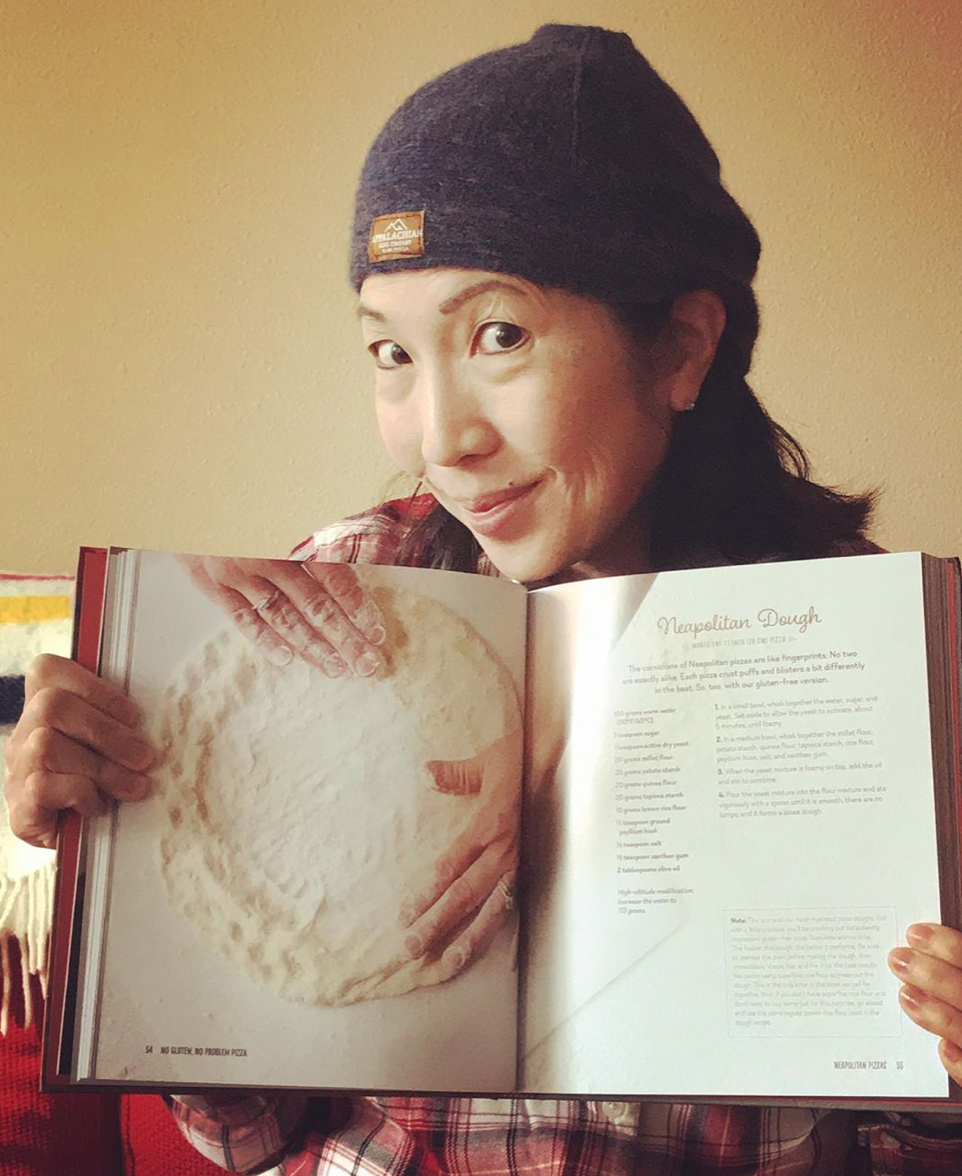
No Gluten No Problem PIZZA is beautifully photographed and meticulously described for even the newest gluten free baker. Photo by Imei Hsu.
I had no idea when I read Peter Bronski’s co-authored work, ” The Gluten Free Edge” (co-authored with Melissa McLean Jory) back in the day when I had just been diagnosed with Celiac Disease that this Ironman finisher and ultrarunner had an obsessive love of good pizza that rivals mine.
I think my obsession with pizza started when my grandmother – my Ah-po (Hakka word for paternal grandmother) – came for her first visit to America. She had been practicing on the flight from Taiwan to California how to say, “Hello,” and, “Do you like God-a-father’s a Pizza?” Her inflections ended up sounding delicately Italian to my Chinese American ears. I loved her immediately.
Even though people tell you post-Celiac diagnosis that you are somehow lucky because there are so many gluten-free options available, nobody tells you right away that so very many of them are either unpalatable, have the texture of cardboard, are over-processed, or unavailable in the form factor that you once associated with that food.
Good pizza is not hard to love, but bad pizza, whether it be soggy, under-baked, hard and unforgiving, or reminiscent only of a refrigerator magnet version of pizza as a symbol, is easy to despise. I made a decision in the year of my diagnosis that I would rather have no pizza than nasty versions of crust and toppings that parade itself as pizza.
For example, one of my standards for good gluten-free pizza is that it not only taste like pizza, but .it acts like one too. You should be able to pick up a slice of New York pizza and bend it without it snapping like a twig or breaking a tooth once it cools. You should see air pockets in the crust. It should not be flatbread unless it is supposed to be flatbread. It should be visibly appealing, which is something I could never achieve with cauliflower, no matter how hard I tried.
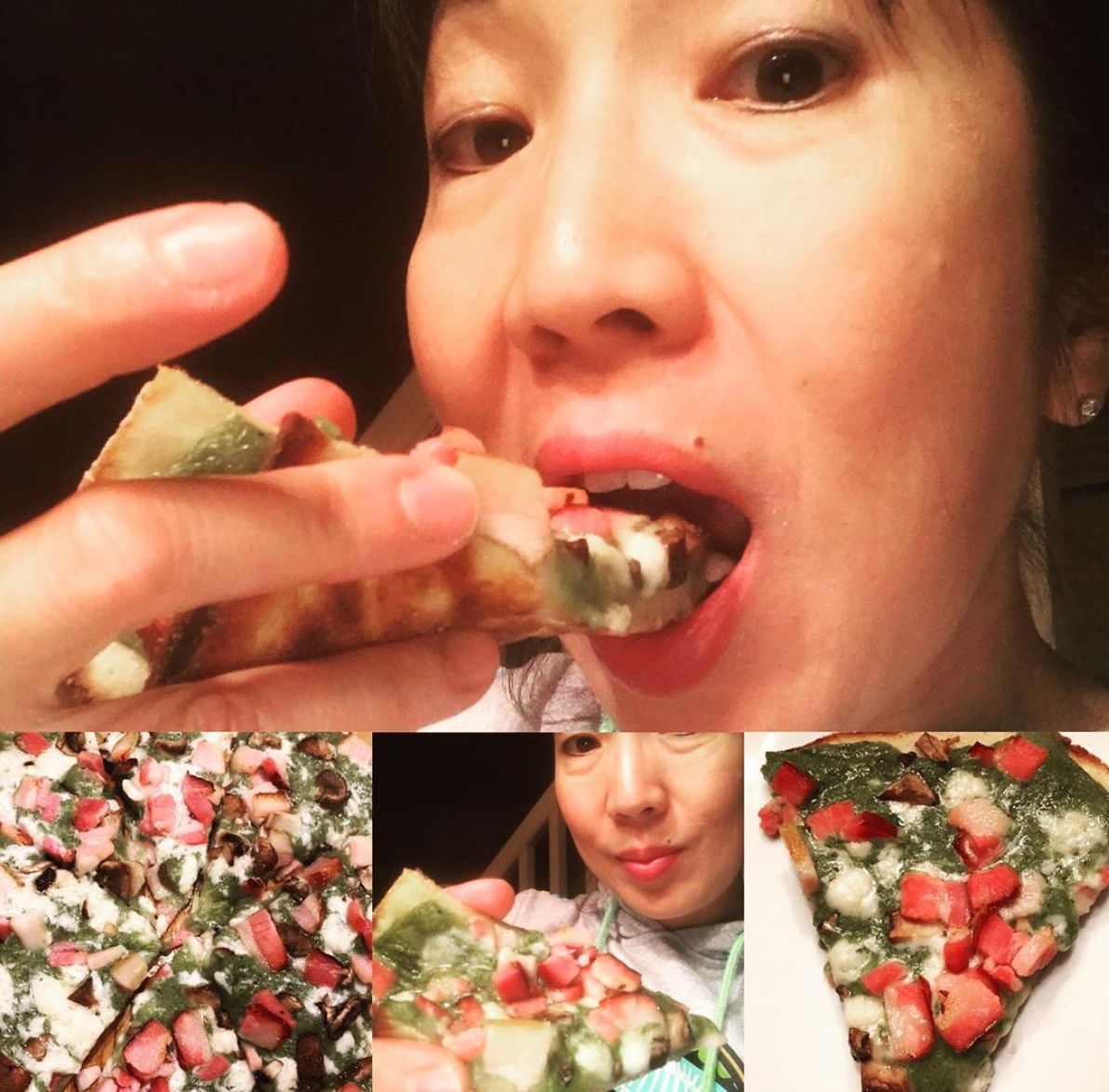
Photos posted on IG @MyAllergyAdvocate
Kelli and Peter Bronski’s No Gluten, No Problem PIZZA cookbook delivers all of what good pizza is about, with multiple recipes for the different kinds of pizzas: deep dish, New York style, Naples, Chicago, to name a few. It has flatbreads, grain-free crusts, and – wait for it! – breakfast pizzas.
Their claim is that the pizzas are for people who need gluten-free pizza, and then for everyone else who just love good pizza. And they are telling the truth!
What I love about this cookbook is that it walks the novice baker through every necessary step to get the precision you need to have picture-perfect, Instagram-worthy gluten-free pizza, which is no small feat. I followed their directions precisely, which includes how long to pre-heat the oven and use the broiler with an OPEN door, buying baking steel so the crust truly turns out crisp, and investing in a pizza peel. The tip on weighing flour with a kitchen scale instead of relying on a measuring cup is absolutely brilliant and necessary, a point that seems to be missing from other recipe books.
The descriptions and stories are precise and meticulous, inspiring home chefs to be as passionate as they have been in testing their pizzas for home preparation. They made me believe that I could make pizza at home whenever I wanted, and it would be good pizza.
So the proof is in the pudding, right? On the very first try, I made the New York pizza crust, and I added my own vetted toppings since I can’t have milk dairy cheese. The pizza crust was so good, even my M declared it a success and helped himself to a slice! And you can see in the picture, you can pick it up and bend it.
No Gluten, No Problem is available for sale on their website, on Amazon.com, and wherever fine books are sold.
Jennifer’s Way Kitchen (2017)
Actress Jennifer Esposito is not only talented on the screen, she has a passion for helping people with Celiac Disease and other diseases that requires a gluten-free and allergen free diet to help support healing and recovery. Her Instagram account is filled with a variety of causes and pursuits, and she recently started an IG account that focuses on health advocacy around eating and autoimmune disease.
Some gluten-free recipes on the Internet focus on the substitution of gluten-free flours into an otherwise nutritionally-poor food. All you get is the recipe, without any reason why the food itself is something you not only want to eat because it’s tasty, but because it offers something wholesome or balanced. Ms. Esposito’s writing takes you through a summary of what ended up being written in her first book, “Jennifer’s Way: My Journey with Celiac Disease.” The cookbook serves as a how-to extension of her real-life story, enabling home cooks to access and reproduce all the lovely recipes she used to give herself healing and hope.
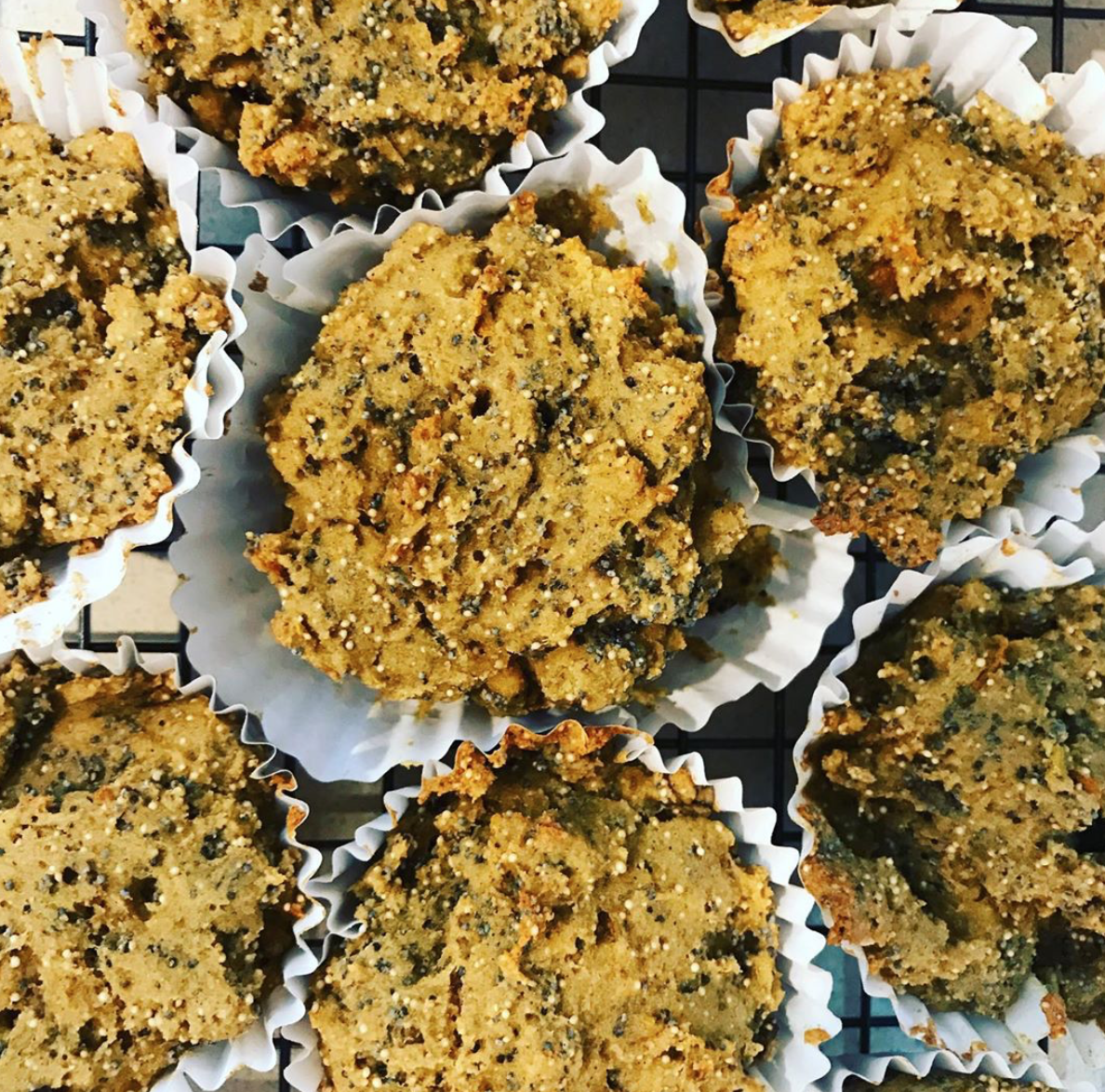
Orange Vanilla Poppyseed Muffins from Jennifer’s Way Kitchen cookbook. Photo by Imei Hsu.
I like how the recipes are offered in multiple formats, such as grain-free and dairy free versions, and then their gluten-free grain versions. Ultimately, the choice remains with the home chef to decide what is in their best interests to make. It makes for an easier time if you don’t have to consider the substitutions by yourself, especially if you aren’t familiar with them, or you are very new to gluten-free or allergen-free cooking and baking.
The style of the book is written in such a way as to make you feel like Jennifer is right there in your home. Heads up: some of the recipes that require mixing do better in an electric mixer than they do on a handheld mixer or your own labor and a spoon. But none of them require you to buy a bread machine.
What you do need to recognize is that the bread recipes are dense, and the timing for baking will be different than what is printed. And what is printed is rather small font, so pull out your reading glasses. That being said, I let out a little squee over the Hand Pies recipe. This. I>3 this so much!
Jennifer’s Way Kitchen is available for purchase at Barnes and Nobles, Walmart, Target, Amazon.com, and wherever fine books are sold.
The Autoimmune Paleo Cookbook (2014)
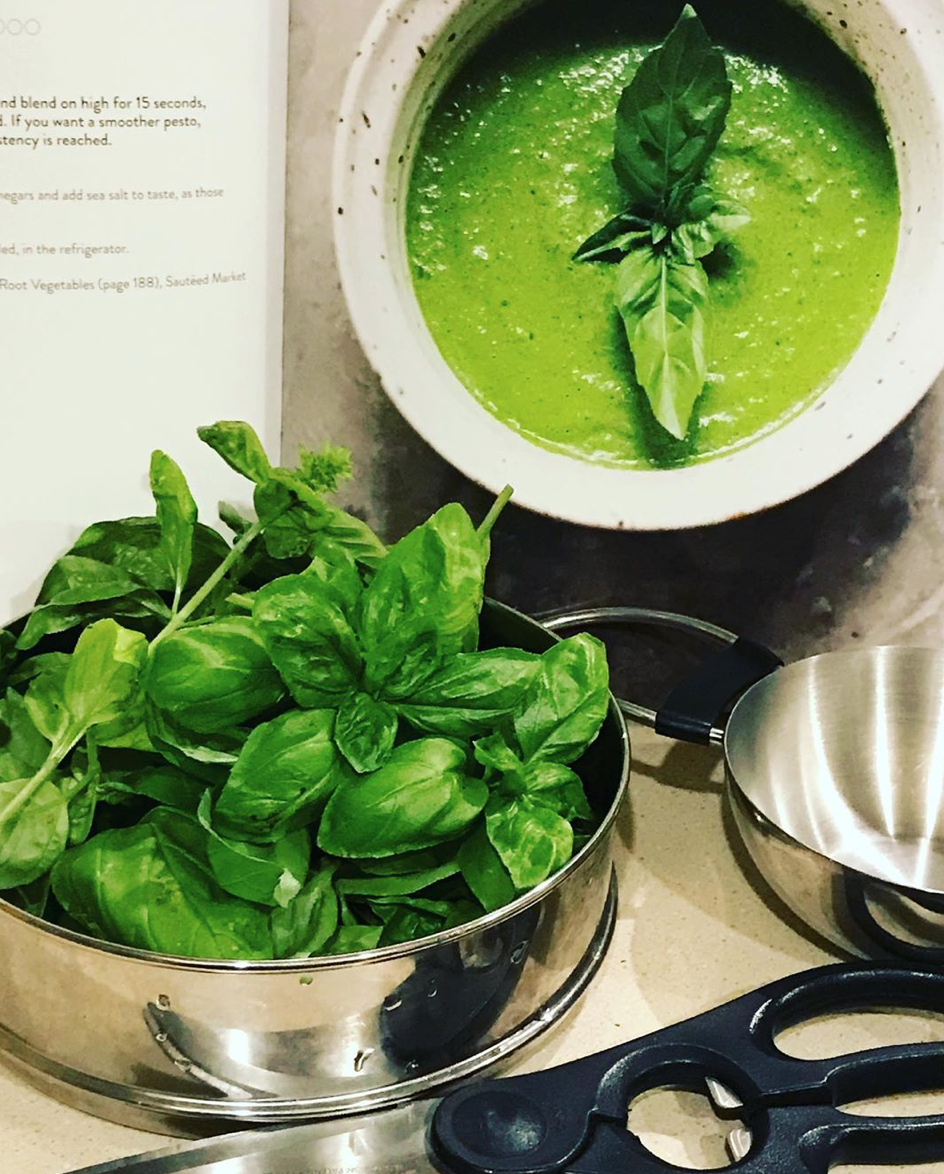
Coconut-Basil Pesto from the Autoimmune Paleo Cookbook.
Of all the cookbooks I’ve referred to the most for a foundation of repeatable recipes to rotate in my batch cooking, the recipes from The Autoimmune Paleo Cookbook by Mickey Trescott are now dog-earred.
This cookbook was the first one that helped me see the value of cookbooks when I had all but given up on coming up with anything but very simple, single-ingredient foods that didn’t piss off my gut or leave me hungry or fatigued. The recipe for Coconut-basil pesto has become a foundational one for everything from fish to pizza. Hey, when you can’t have nightshades (tomato), a nut-free and dairy-free pesto is so welcome to my mouth!
The first portion of the book is dedicated to helping home cooks understand the principles of the Autoimmune Protocol (AIP), a way of identifying and temporarily removing foods that cause inflammation, followed by an order of reintroductions of foods to help expand food variety and repertoire as the body heals.
Those who are new to the AIP and batch cooking are treated to details on what to stock in the kitchen, the basic foods found in many of the recipes (such as coconut milk and fats to cook with), and recommended kitchen tools. There are 4-week meal plans that help you consider how to spread the food you buy across the weeks without boredom or flavor fatigue.
Omnivores will find this cookbook full of foundational recipes, along with a way to think about balancing all the foods, beverages, and budget. Even how you store the food and prevent waste of food is included. There is a consciousness to keeping sugar on the down low, and one can actually imagine making these dishes in real-appetite serving sizes, even without the trendy photography, lighting, and rustic table settings (which, BTW, I absolutely love).
The Autoimmune Paleo Cookbook can be found on this website, Amazon, and wherever fine books are sold.
All in all, I hope you’ll see that cookbooks are another way of making food fun again for people with food allergies and intolerances, autoimmune disease, and chronic illnesses that require a medically-necessary diet to manage symptoms and improve wellness outcomes.
Do you have a favorite cookbook? What do you like about it? What do you wish someone would talk about in regards to food? Feel free to share your thoughts in a comment.


